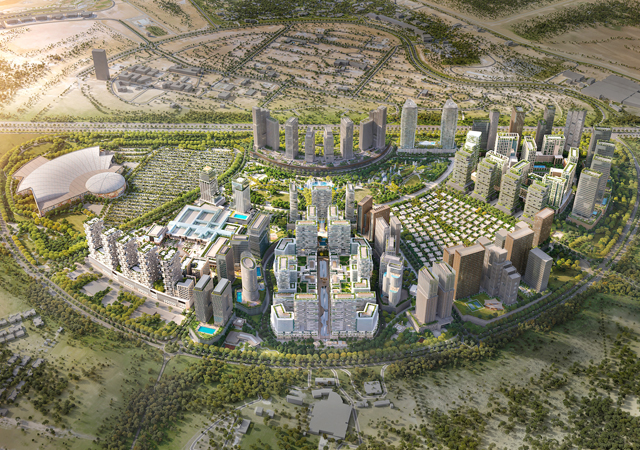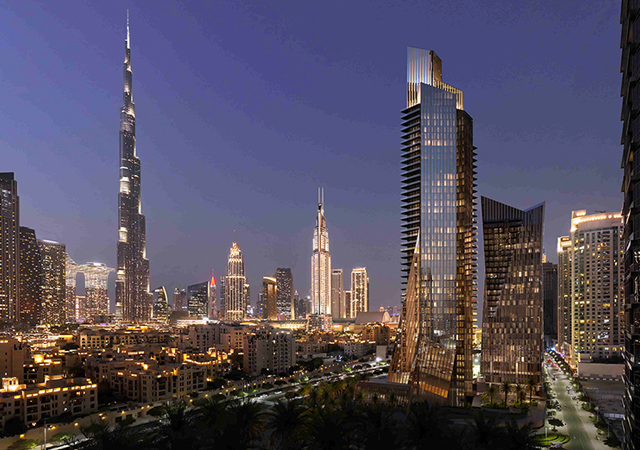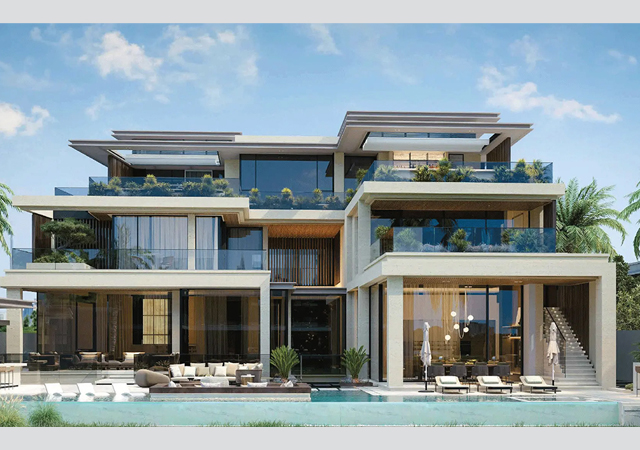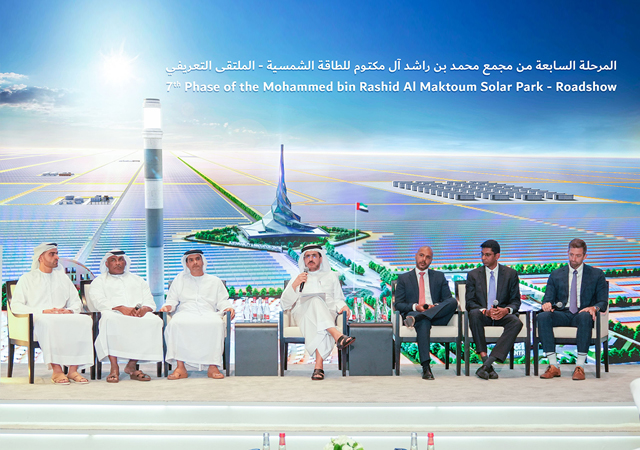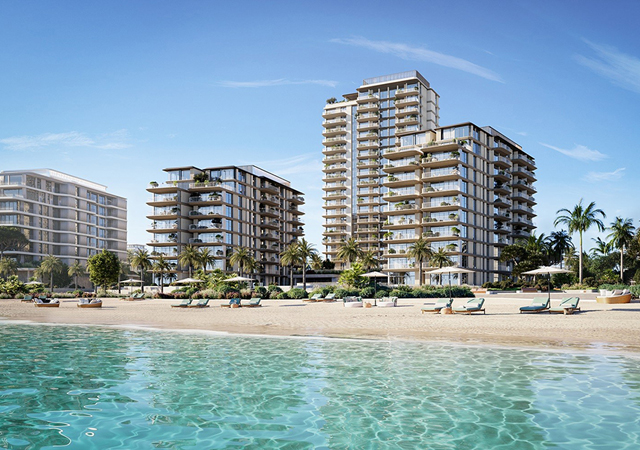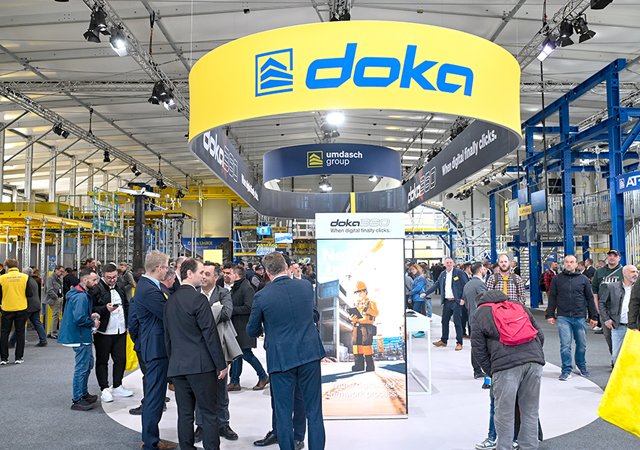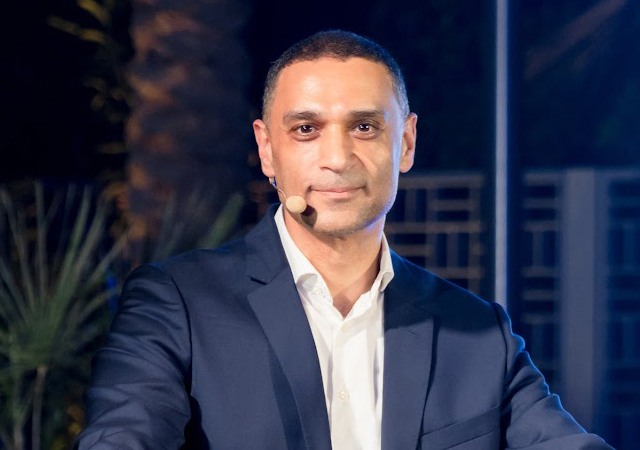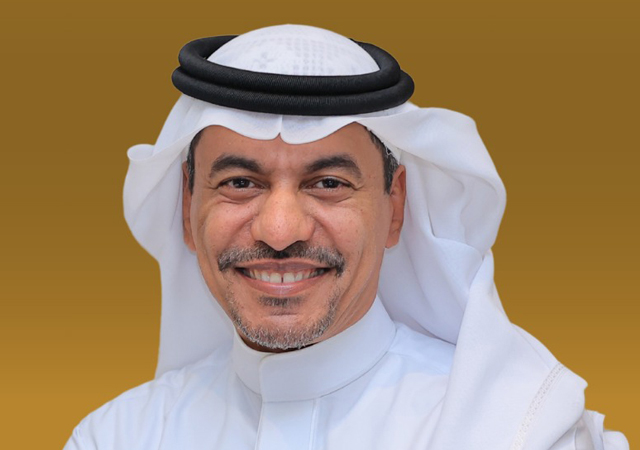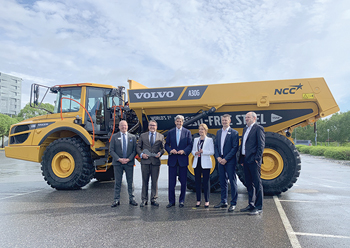
 Guests will arrive by seaplane or by boat and pull into a jetty with a spectacular overwater arrival building.
Guests will arrive by seaplane or by boat and pull into a jetty with a spectacular overwater arrival building.
In less than a year from now, a resort on Sheybarah Island is set to open the doors of its unique glistening ‘orb’-shaped villas that will be among the most distinctive structures within The Red Sea Project, Saudi Arabia’s stunning regenerative tourism project.
Creating these shiny, space-age structures that are designed to meet LEED-Platinum standards has called for a careful selection of both material and builders in a bid to translate the concept, drawn up by the US-based Oppenheim Architecture, into reality.
In an exclusive interview with Gulf Construction, The Red Sea Development Company’s (TRSC) Group Projects Delivery Officer Ian Williamson explains: “Oppenheim Architecture of Miami had a concept for the villas on Sheybarah Island that were highly reflective, where the villa colours were taken from the sky and water. To create this ‘mirror’ effect, we looked at various materiality and highly polished stainless steel emerged as the best material in terms of reflectivity, strength, ability to withstand marine environments and ability to form the unique orb shapes of the villas.”
“We trusted Killa Design out of Dubai to take the original pre-concept design through the many design iterations to fully detail the villas and focus on every little component of their construction methodology. It was Killa Design who introduced TRSDC to the highly specialised and innovative engineering manufacturing company Grankraft (formerly Dubai Metals) in the UAE.”
 |
|
Hidden within the orbs is an extensive steel superstructure. |
The Sheybarah Island resort is located on one of the most beautiful islands on the outer edge of the south of the archipelago on The Red Sea Project. Manmade islands were created to separate guests from the long-established turtle-nesting sites.
The resort will have 73 villas spread over three new small manmade islands as well as over water. Guests will arrive by seaplane or by boat and pull into a jetty with a spectacular overwater arrival building. The resort caters for both families and couples with a mix of one-bed and two-bed villas and a few larger villas.
A spectacular sunset restaurant is sited over water and this building also has an adults’ pool and pool bar. Other striking amenities include a family club, and fitness and diving centres and other guest activities.
According to Williamson, the procurement process for the Sheybarah Island resort villas was extensive and stretched over a two-year period.
“The early period was establishing the choice of materials and potential world-wide suppliers providing samples from China, Europe and the Middle East. Grankraft, though a relatively small company – evidenced by their engineering innovation, mock-ups and sample and their commercial proposals – were best placed to deliver these wholly innovative ‘orbs’.
“Grankraft has a unique culture where all of their executives downwards are technically proficient and are highly engaged with delivering successful project outcomes,” he remarks.
Commenting on the mock-ups delivered, Williamson says: “We initially received material samples at The Red Sea site where we explored options on reflectivity and weathering capabilities.
 |
|
The villas have polished stainless steel cladding that will reflect the water, the sky, and the reef with the rich sea life below. |
“We then invited a global shortlist of suppliers to make a one-fifth slice of an overall villa to evidence the construction methodology and the quality of finish. The mock-up taught us that 4-mm stainless steel sheets were the best option of material with an extensive steel superstructure hidden within the ‘orb’. The forming/bending, welding and polishing methods and end results were explored at length. None of the mock-ups were perfect or fully met our requirement but were sufficient to tell us who could deliver a first-off-the-production line full sample working closely with TRSDC and our consultants.”
Grankraft Industries is constructing 73 villas and other key buildings for common areas such as the reception lobby and specialty restaurants, Thomas Joseph, Group Head, Business Development for the Dubai-based company, tells Gulf Construction.
Of the 73 villas, 38 are overwater villas built on piles and the rest are beach villas. These villas are produced in different sizes. The one-bedroom villas are 18 m in diameter, the two-bedroom villas are 22 m in diameter. The larger villas, such as the three-bedroom units, are 26 m in diameter.
The approach to the façade design has been to minimise visual impact, with each villa having polished stainless steel cladding that reflects the water, the sky, and the reef with the rich sea life below. This material is the key feature of the project and is used in various locations such as the lobby, dining areas, spa and beach villas.
Joseph comments: “Everything about this design is unique, especially the futuristic ellipsoid shape and the polished stainless finish that reflects the pristine environment. Grade 316L stainless steel is used for the exterior façade and the underlying structure is manufactured from painted structural steel.”
 |
|
The sunset restaurant is sited over water and has an adults’ pool and pool bar. |
Grankraft has recently delivered the first in place villa – a complete one-bedroom overwater unit including the primary steel structure and the polished stainless-steel skin – which is a shell-and-core structure.
Joseph points out that offsite manufacturing is central to ensuring that the environment near the resort remains largely untouched. As the villas have been designed to meet LEED Platinum standards, Grankraft has taken several measures to ensure compliance.
Joseph elaborates: “LEED Platinum compliance is all about producing energy-efficient and environment-friendly structures using the best possible industry practices. Sometimes, we even need to create new solutions.”
Grankraft has taken several measures to ensure LEED Platinum compliance. These include: Using materials with a high recyclable content such as stainless steel; design and construction of strong yet lightweight structures; and efficient and safe disposal of construction effluents, he says.
To ensure that the structures can withstand the environmental conditions at the Red Sea, Joseph says Grankraft has carried out extensive design checks such as:
• Thermal expansion and contraction models;
• Various structural loading combinations including wind loading, seismic loading, etc; and
• Checks to determine the acoustic property of the shell.
Grankraft has developed thermal insulation details based on detailed calculations and also carried out several laboratory tests to ensure quality standards. These tests include salt spray (corrosion resistance), weld, painting and other chemical and physical tests on all components.
 |
|
The family pool at Sheybarah resort. |
Once the concept and detailed designs were approved, the company began designing and manufacturing the components.
“The polished stainless panels are manufactured separately in curved trapezoidal sections and other shapes as required and then fixed to the steel structure. These panels are welded together and then polished to obtain the seamless outer finish,” he explains.
“After completion, the overwater villas will first be shifted from Grankraft’s Hamriyah facility by self-propelled modular transportation units to marine vessels. These marine vessels then transport the villas to the Sheybarah jetty where they are transferred onto customised placement vessels – which have been specially designed to operate in shallow waters without disturbing the coral reefs – and onto the villa location. Here, special cranes, mounted on shallow barges, lift and place the villas onto the pile cap foundations,” he says.
There have been several challenges in fabricating the villas with a seamless undistorted mirror surface. These include selection of the appropriate stainless-steel thickness to maintain the deadweight of the villa within the limits imposed by the installation method; designing and creating an assembly line production to meet the programme deadlines; and achieving the required quality within the programme deadlines.
To tackle these challenges, Grankraft designed and constructed a variety of bespoke machinery and equipment to cater to each part of the manufacturing process.
The first of these orbs are scheduled to leave the UAE by the end of September 2022 and delivered for installation by mid-October 2022.
A mirror polished stainless-steel surface is being achieved with a polished convex surface, which has been found to be the most appropriate because compared to other rougher surfaces it tends to attract and retain far less dust and debris, Joseph points out.
To facilitate maintenance staff in ensuring these villas retain their mirror-like façades, Grankraft has built an access hatch in the roof, along with concealed safety provisions. The bottom surface can be accessed by a small maintenance boat.
“The polished surface can be maintained by simple measures which include removing loose surface dust, softening of tough debris such as bird droppings with mild soap solution, rinsing the surface with clean treated water and drying the surface. Special fabric cloth is used to ensure that scratches are not created,” he explains.
Williamson adds that any materials in a marine-environment, several kilometres off shore, will demand regular cleaning and maintenance.
“Marine-grade stainless steel is as robust a material for this environment as the more commonly used materials,” he concludes.
Grankraft, which provides engineering and manufacturing services to create bespoke structures, architectural glass, and metal work, has helped create some of the most striking recent projects in the region using steel and other metals, such as the Mobility Pavilion, Sustainability Pavilion and a number of country pavilions at Expo 2020 Dubai, Museum of the Future in Dubai, Abu Dhabi Presidential Palace and Oman Convention & Exhibition Centre (Marriott International), to name a few.
So what are the company’s USPs that have helped it to secure these projects? Joseph’s prompt response is: In-house design and engineering expertise; extensive metallurgical experience; very talented and focused team; and ability to design and manufacture bespoke machinery and equipment to meet the demands of any project.


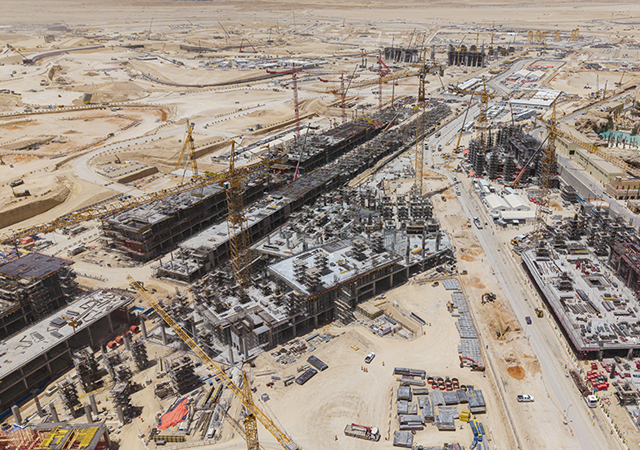
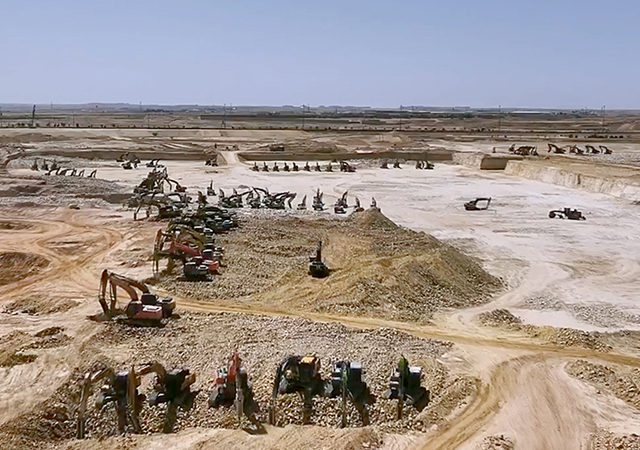
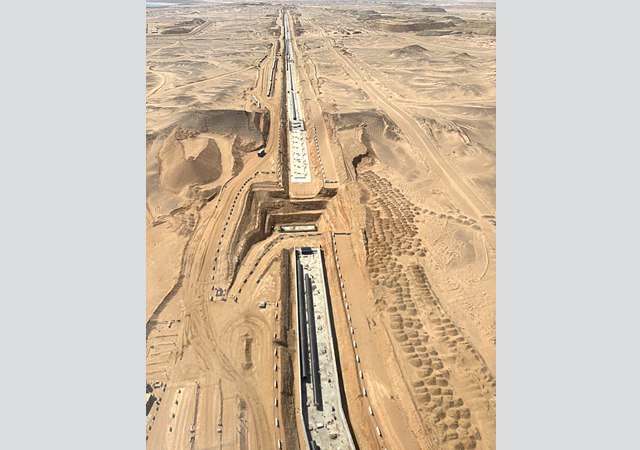

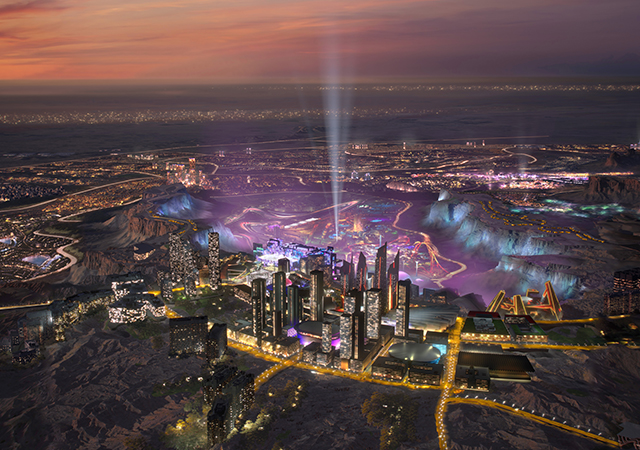
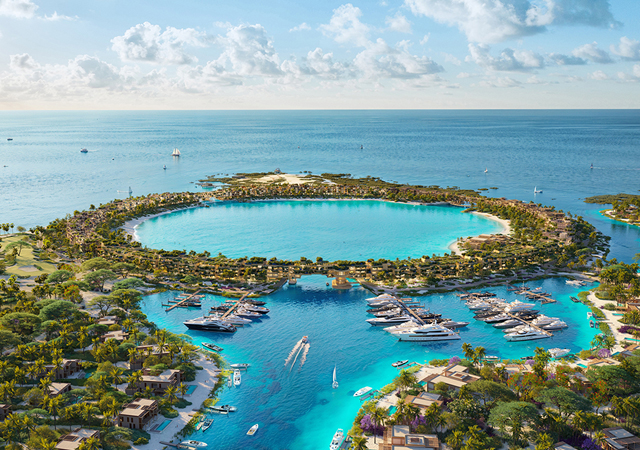
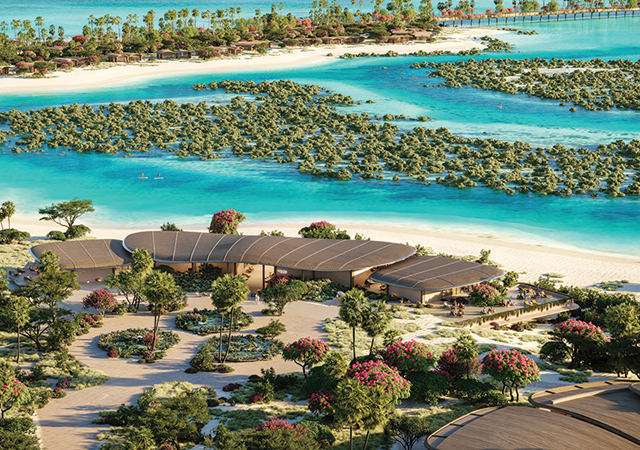

 BIG.jpg)
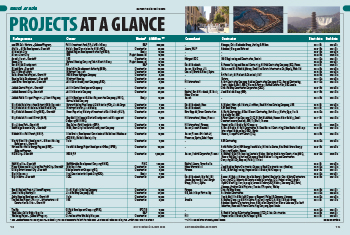
.jpg)
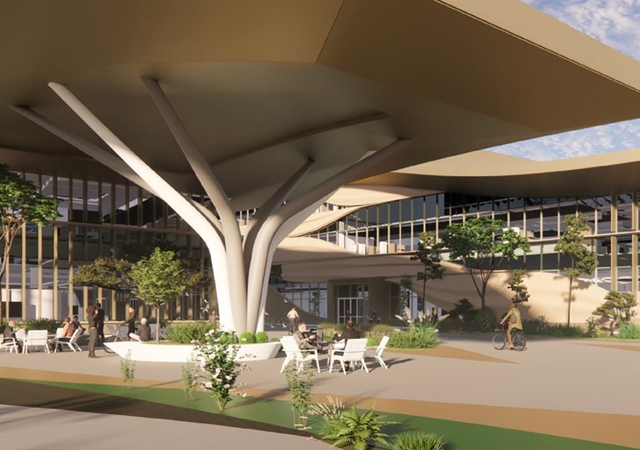

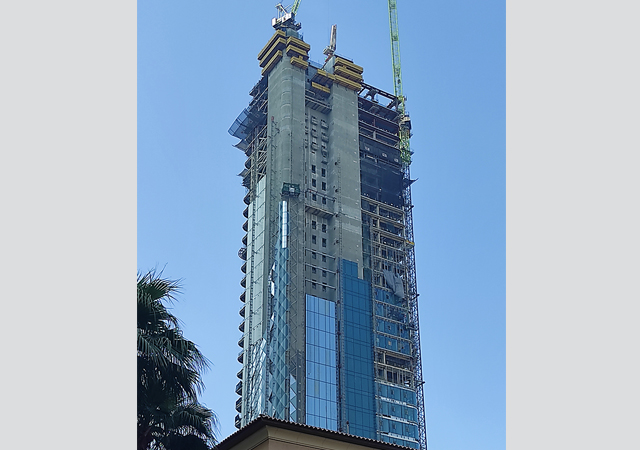

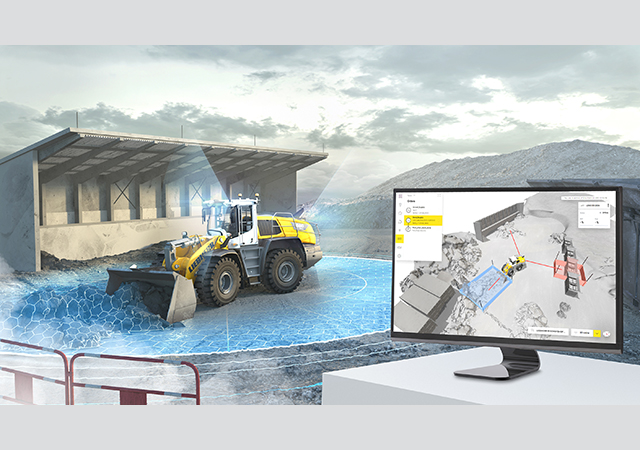

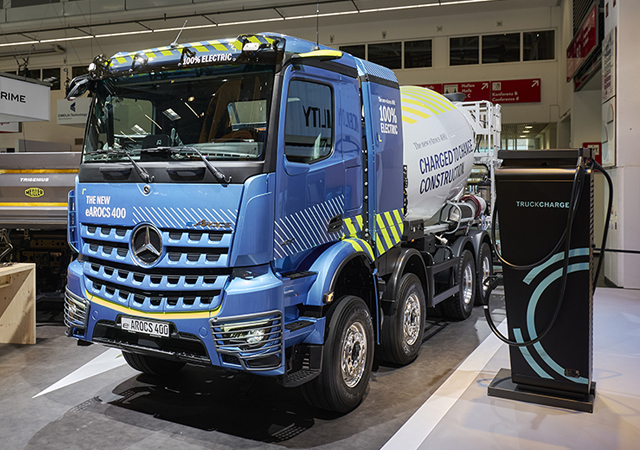


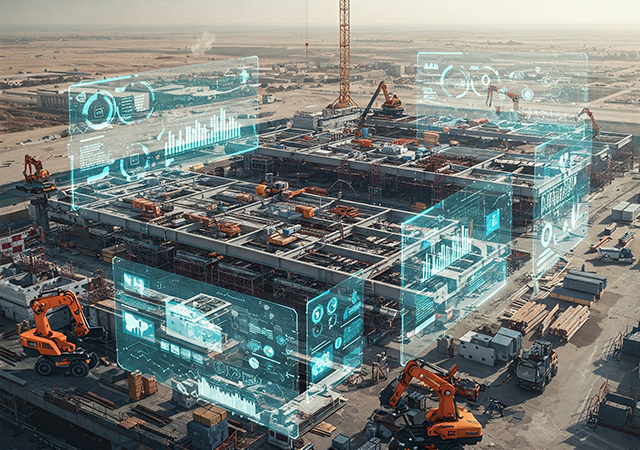



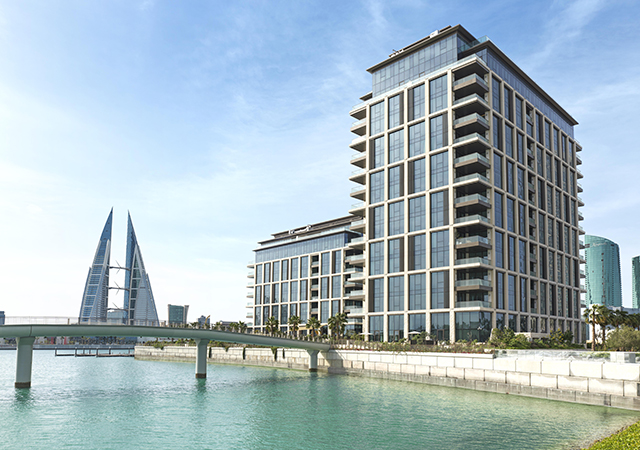

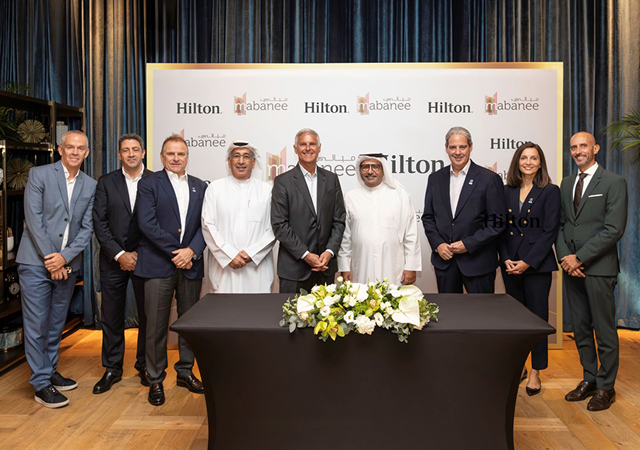
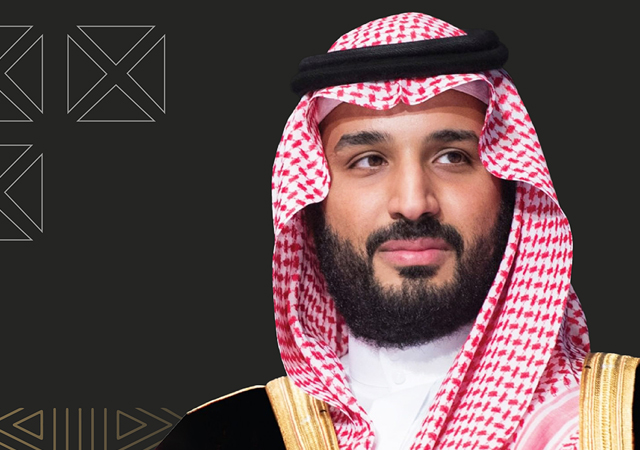
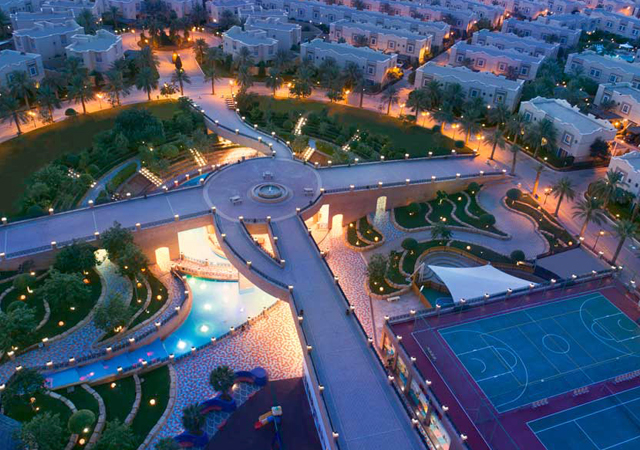
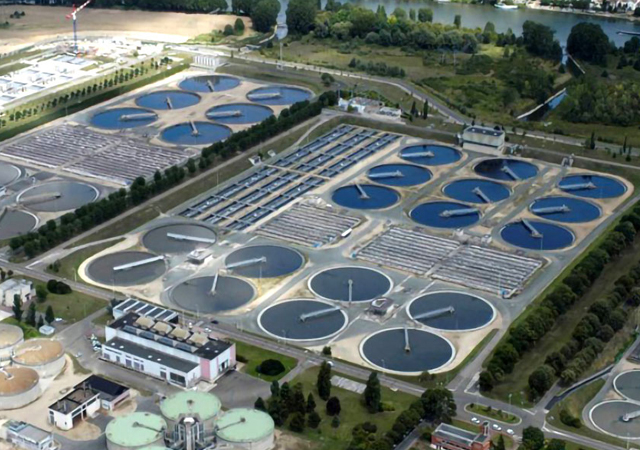
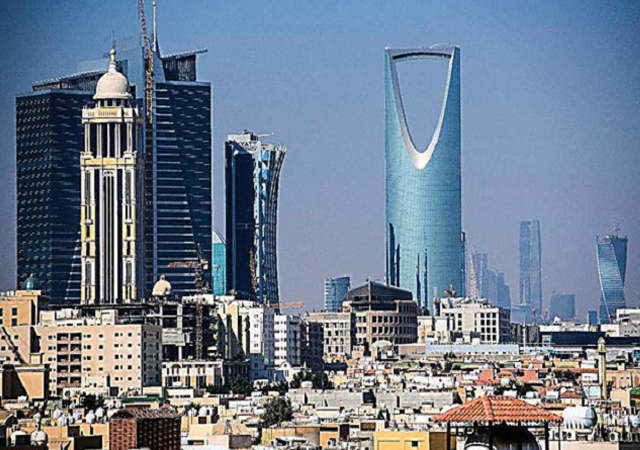
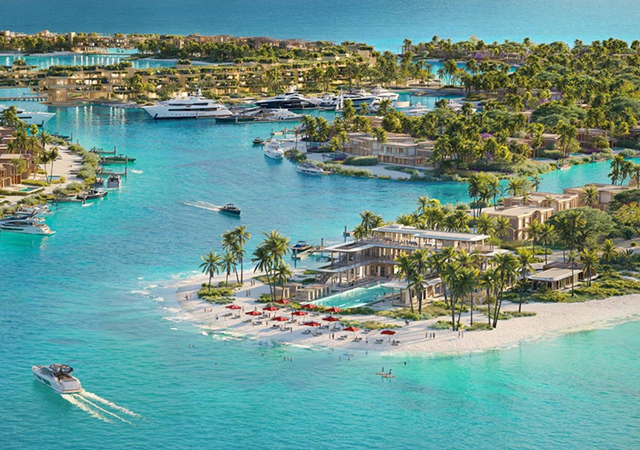
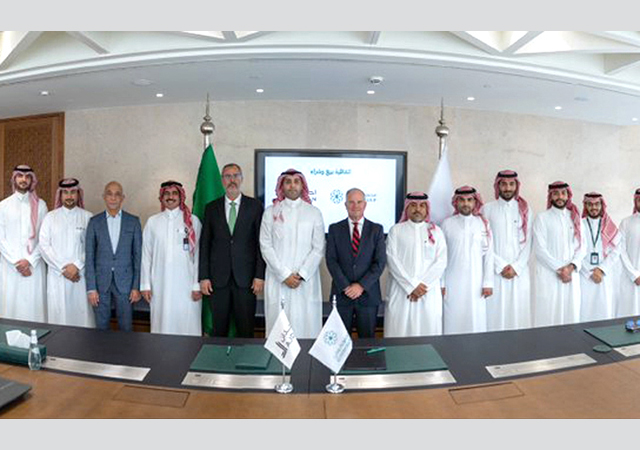
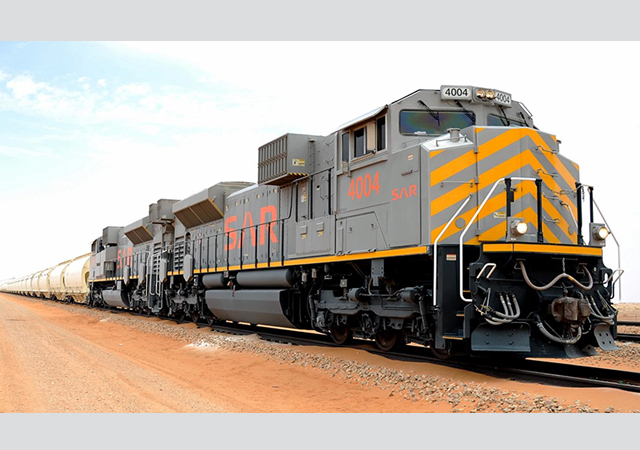
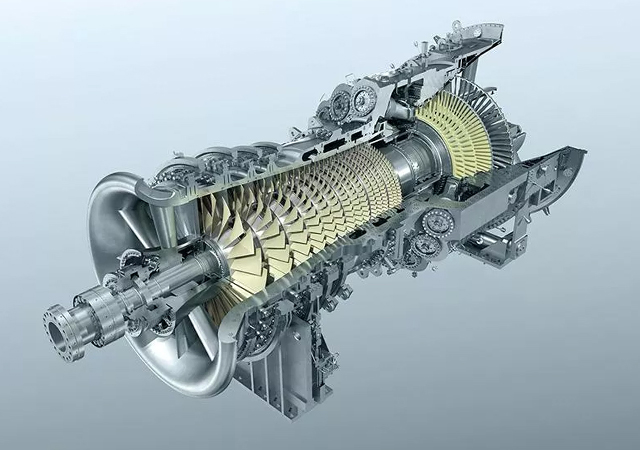
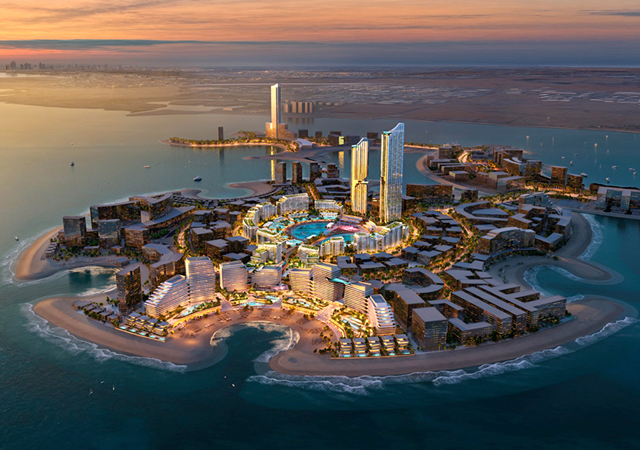
.jpg)
